History of the live-line working task force
Starting from 1996, to support customers’ demand for stable and uninterrupted power, improve power supply quality, with means to perform power cut-free maintenance on the medium voltage grid, Ho Chi Minh City Power Corporation (EVNHCMC) has pioneered the application of the live-line working technology. Initial practices involved the use of insulated bucket trucks and gloves. 12 selected technicians went through rigorous training by experts from TECT Inc., US, and became the first 2 working groups that paved the way for later developments of the medium voltage (MV) live-line working task force of EVNHCMC.
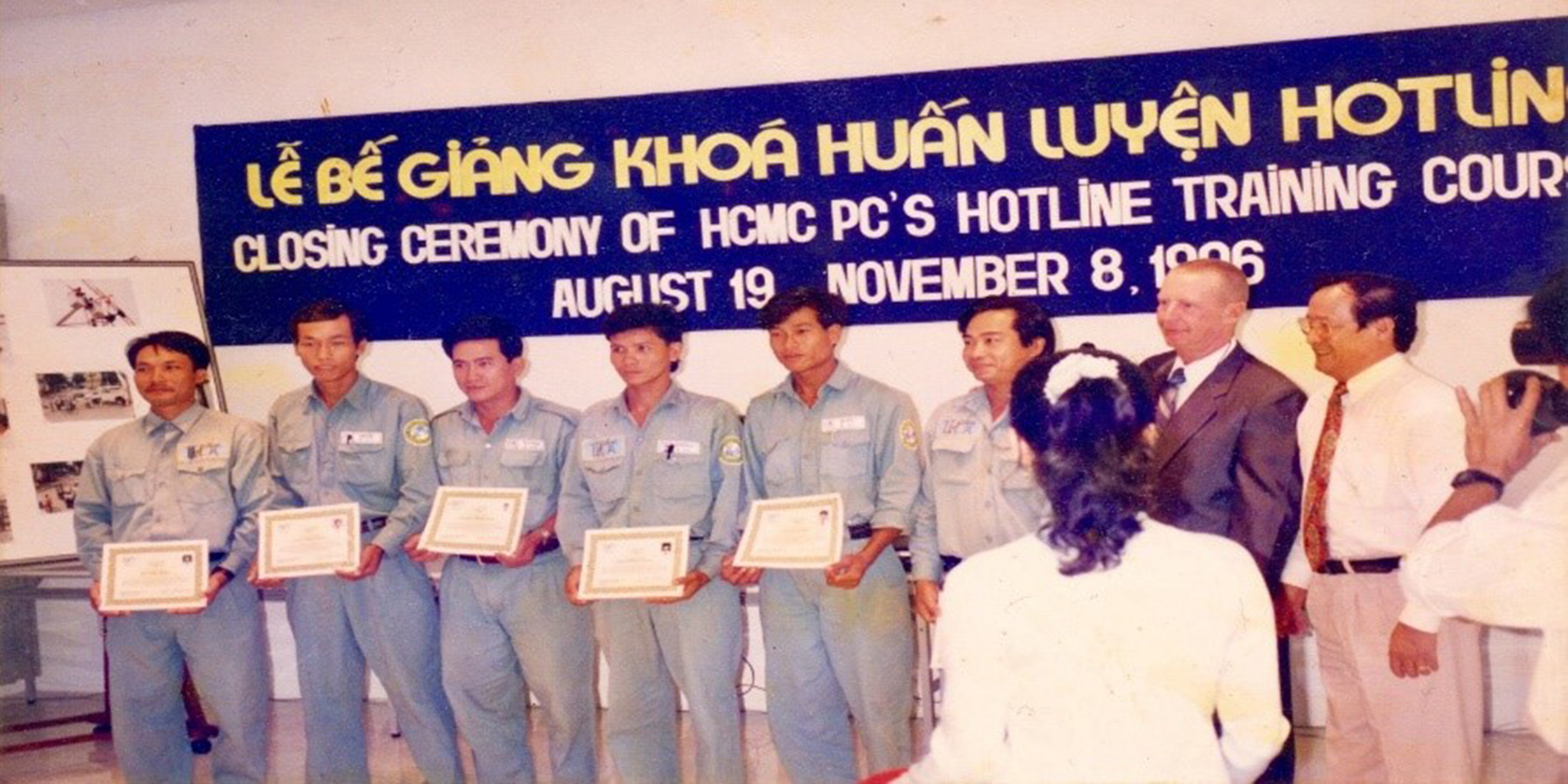
Figure 1: Closing ceremony of the first live-line training course
Since its formation, the task force has been performing various MV operations without causing power loss to customers. These include replacement of pin-type or suspension insulators, jumpers, cross-arms; replacement of fuse cutouts (FCO), load break fuse cutouts (LBFCO), lightning arrestors (LA); replacement of disconnect switches (DS), load break Switches (LBS), reclosers; connection of jumpers, branch lines, and new distribution substations to existing lines; installation or replacement of transmission towers; installation of line-raising poles.
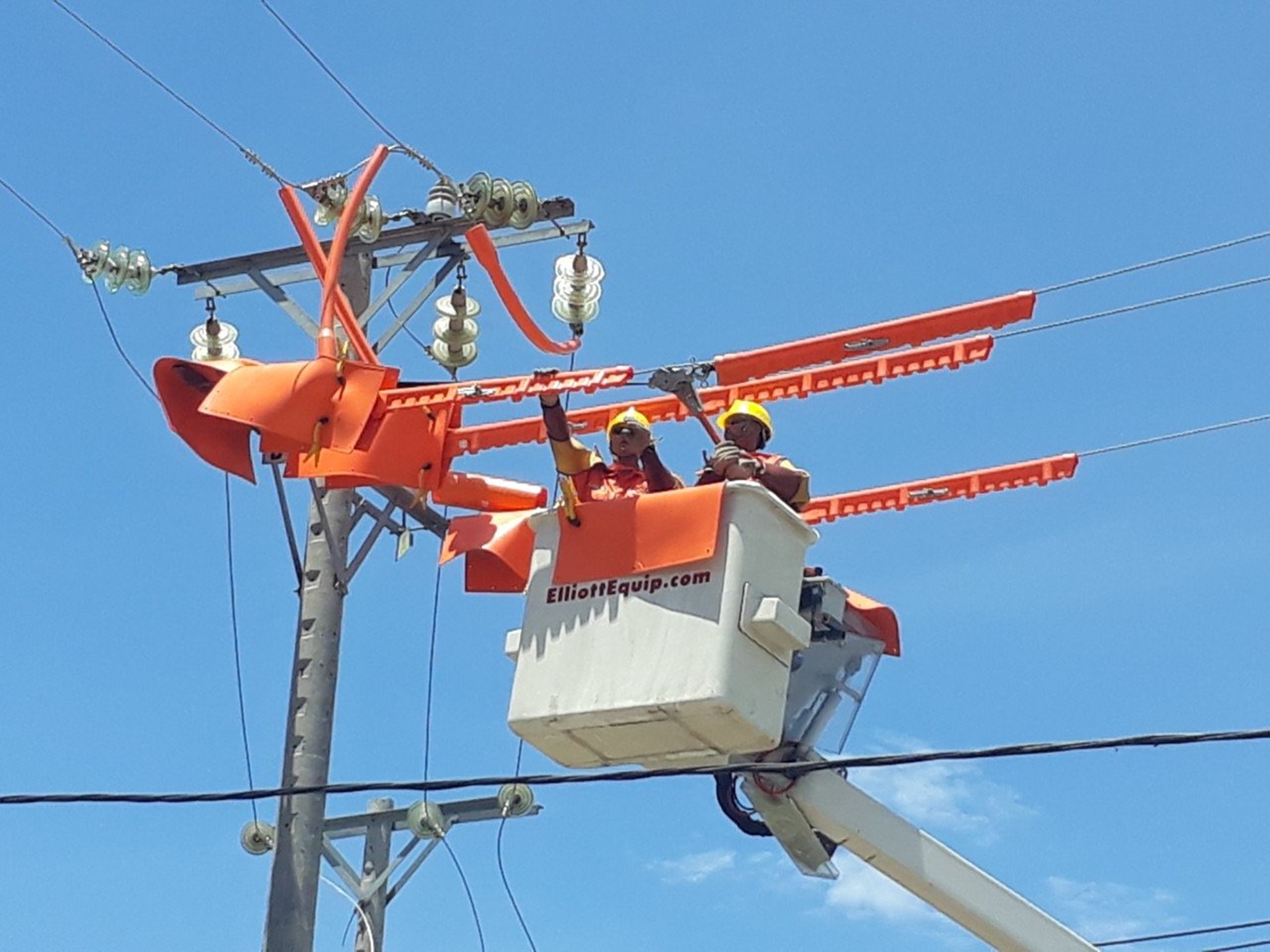
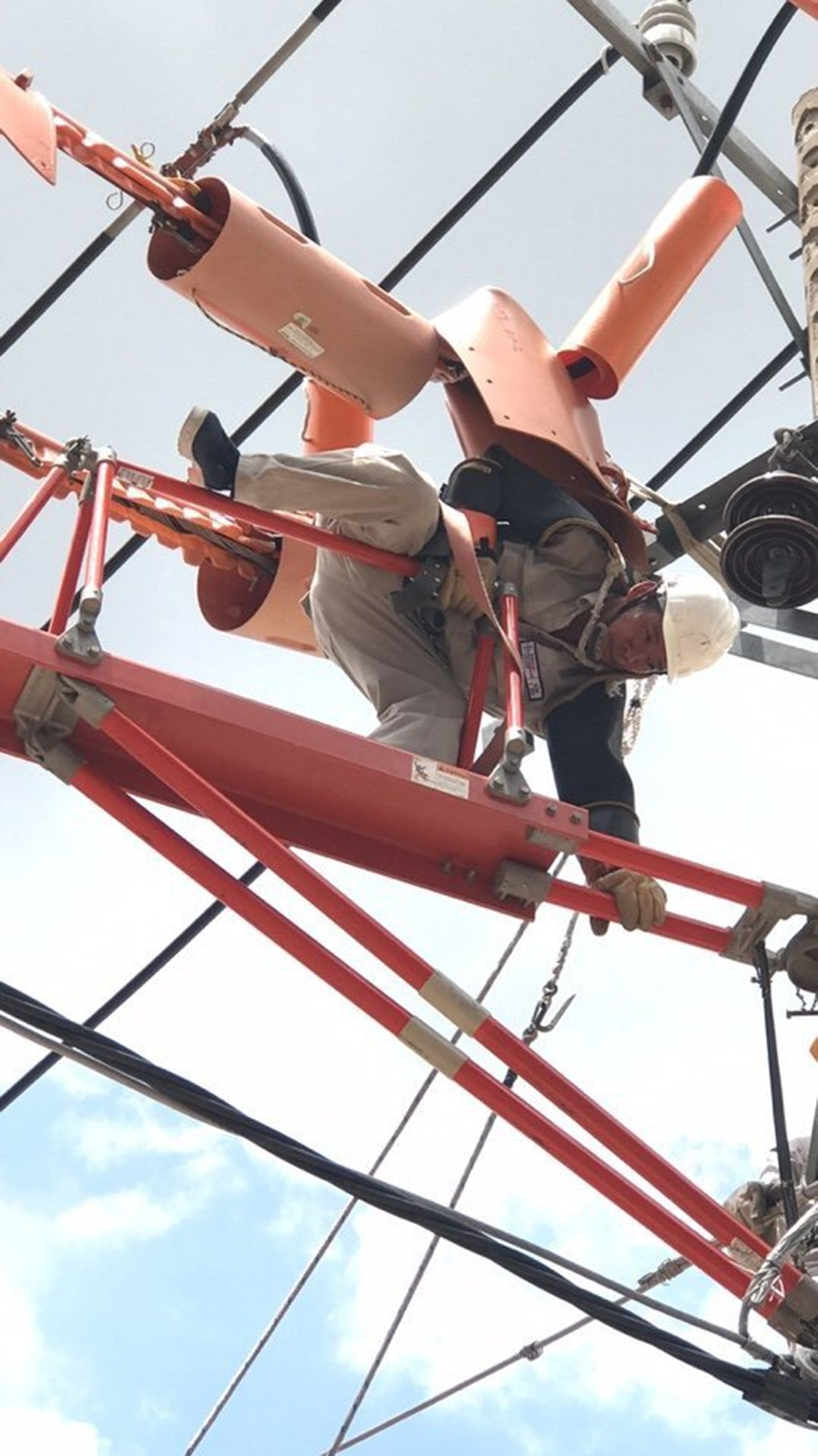
Figure 2: Live-line working on MV grid using insulated bucket truck and platform
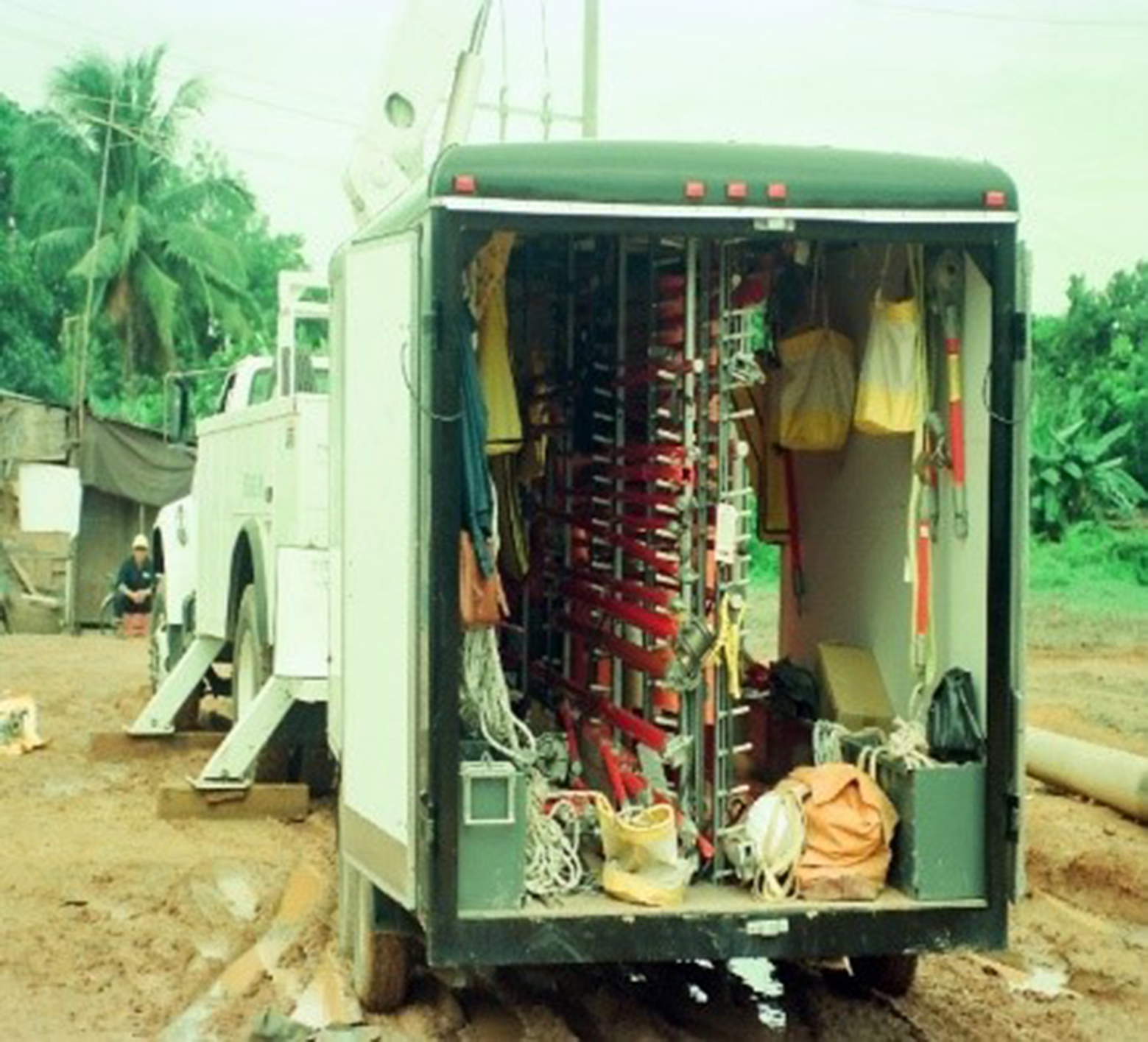
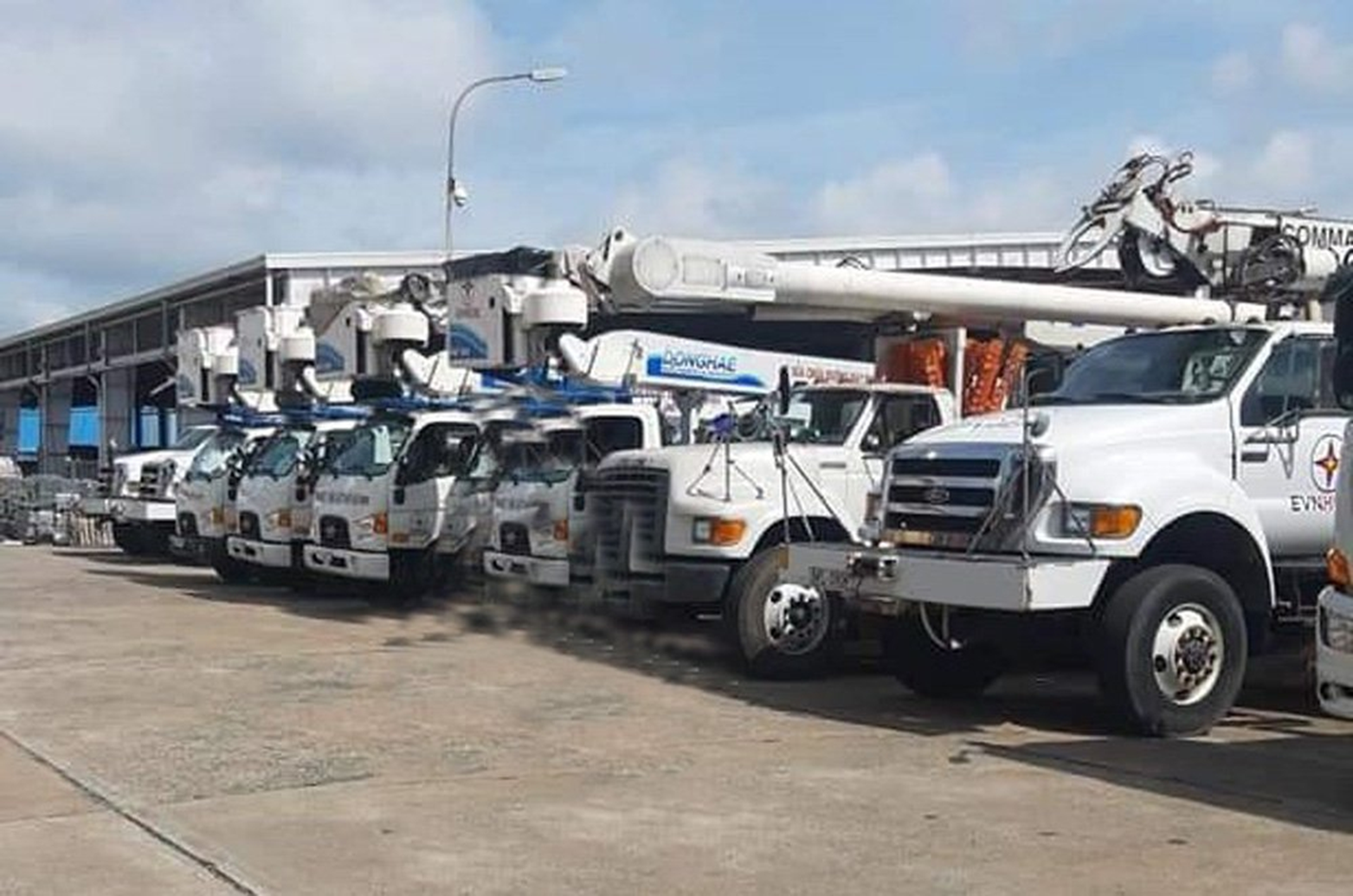
Figure 3: Live-line equipment and vehicles
Master live-line working technology, train more instructors and expand the live-line task force
Since 2013, to achieve greater power supply reliability, EVNHCMC has promoted the application of live-line working to phase out conventional MV operations which require power cuts. To date, almost all operations on the Corporation’s MV grid are performed on hotlines.
Throughout the process, EVNHCMC has been proactively building human resources to maintain and expand the in-house MV live-line working task force. The Corporation also fostered an assembly of experienced instructors and adequate facilities for training, including training groups and classrooms.
Having fully mastered the MV live-line working technology, EVNHCMC has organized many internal training courses and scaled up the live-line task force from 2 to 18 working groups. Personnel is provided with a full range of equipment from vehicles (bucket trucks, specialized elevating work platforms, etc.) to specialized tools and personal protective equipment to quickly adapt to various operations. For instance, the unfavorable working conditions in narrow alleys inaccessible to vehicles are fully addressed by using elevated platforms and insulated poles and gloves.

Figure 4: EVNHCMC MV live-line working task force
Furthermore, the Corporation has received the 110kV high voltage (HV) live-line working technology, invested in equipment, and established 01 110kV HV live-line working group to carry out insulator replacement on the HV lines since late 2019.
Support training in live-line working for power sector units for nationwide application
In addition to the internal MV live-line task force, EVNHCMC has organized multiple training classes for peer utilities of EVN (Northern Power Corporation, Central Power Corporation, Southern Power Corporation...) spurring the nationwide spread of live-line working technology application.
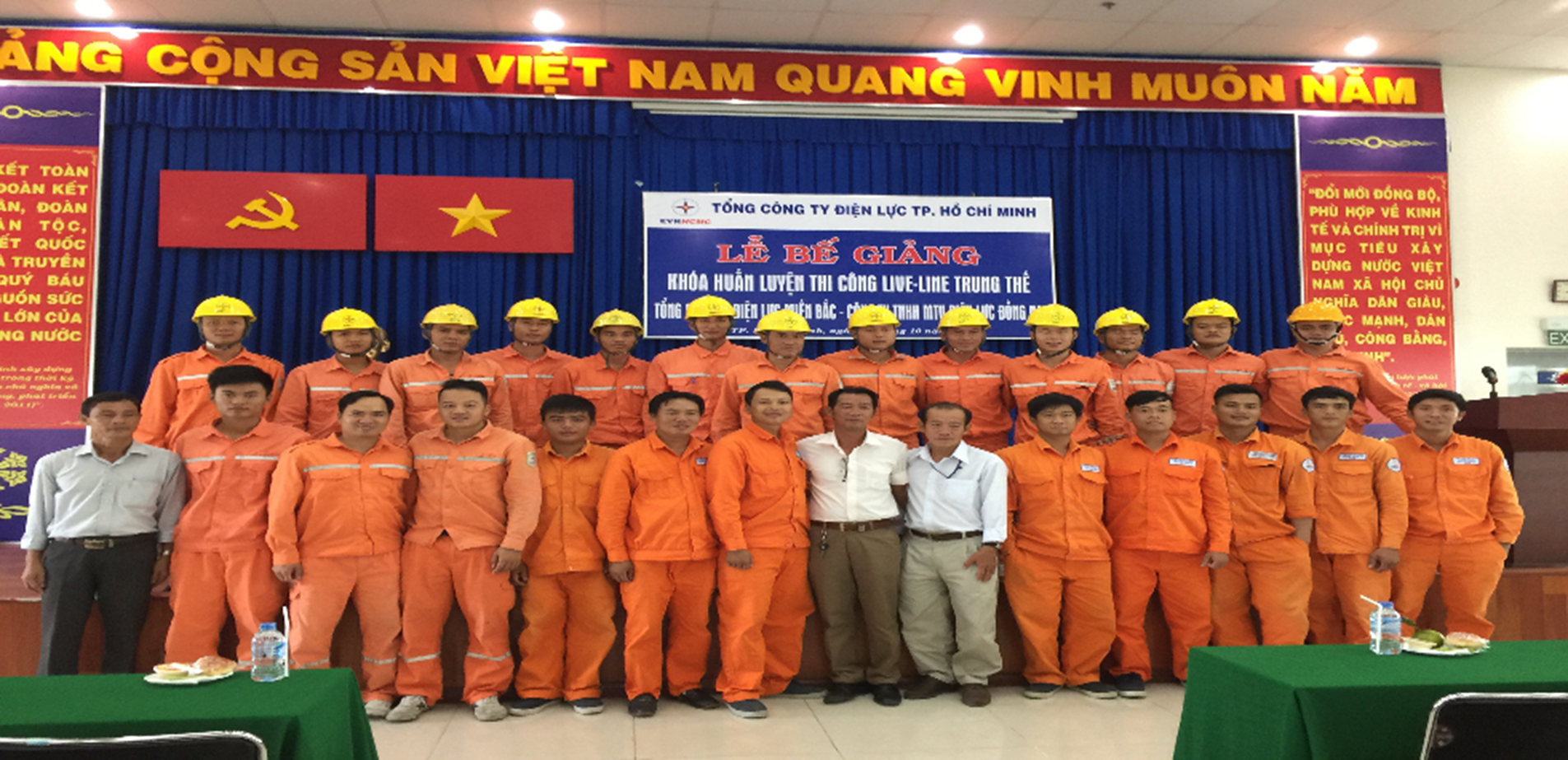
Figure 5: Closing ceremony of a live-line working class
Future orientation
Apart from maintaining and expanding the current live-line task force to 20 working groups in 2022-2023, EVNHCMC has been researching and evaluating international live-line working technologies before applying them to the city’s power grid. Specifically, the Corporation has targeted the Medium Voltage Bypass Cable system for power cut-free application in large-scale replacement of conductors, transformers, and transmission towers. In terms of reliability indexes, it can potentially reduce 0.001 times of SAIFI and 0.2285 minutes of SAIDI for each operation. The pilot of this technology is expected to begin in 2022-2023 as part of the evaluation for future adoption.
EVNHCMC is also exploring options for specialized live-line working vehicles with smaller form factors for the constrained conditions of certain narrow areas in the inner city. This would diversify the vehicle stock of the company to ensure the coverage of live-line operations to every part of the power grid. At the same time, more efforts will go towards expanding the 110kV HV live-line working technology for application at 110kV substations in the near future.
The study and adoption of live-line working technologies have become a major part of the business at EVNHCMC. With the rolling out of live-line operations throughout the power grid, EVNHCMC has achieved higher power supply reliability, contributed significantly to the stable and uninterrupted provision of electricity, and better-satisfied customers of power services.
PV
Share